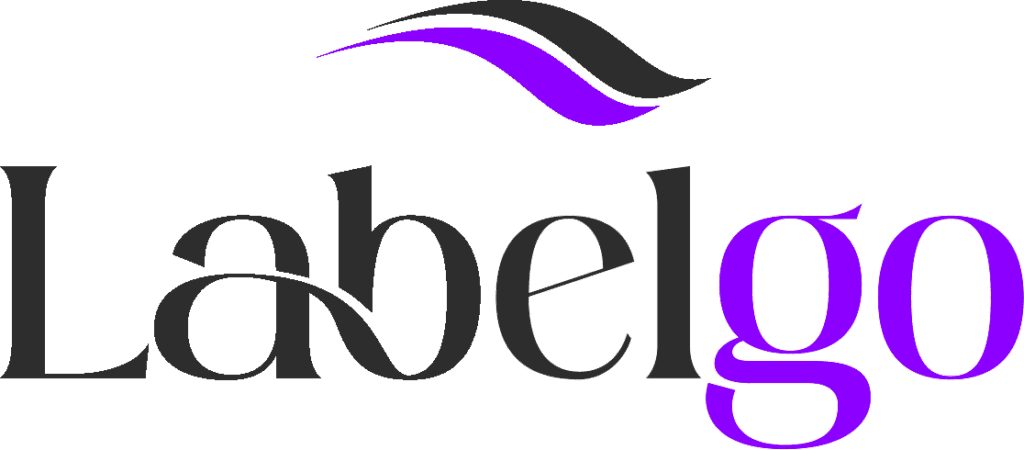5 Common Mistakes to Avoid When Designing Your Product Label
Designing a product label may seem like a straightforward task, but it plays a critical role in shaping how customers perceive your brand and whether they choose your product over competitors. A well-crafted label does more than inform—it attracts, engages, and builds trust. However, there are common pitfalls that can undermine the effectiveness of your design. At LabelGo, we’ve seen firsthand how avoiding these mistakes can make a significant difference. Here are five common mistakes to steer clear of when designing your product label:
1. Overloading the Design with Information
Trying to fit too much information—such as product details, promotional text, certifications, and legal disclaimers—onto a single label can make the design look cluttered and overwhelming.
Prioritize the most important elements, like your product name, key benefits, and brand visuals. Use design hierarchy to guide the viewer’s eye. Place secondary details on the back or on a supplementary label. A clean, minimal design increases visual appeal and improves readability.
2. Ignoring Readability
Fonts that are too small, too ornate, or poorly contrasted with the background make labels hard to read—causing potential customers to overlook your product.
Use clear, legible fonts and ensure enough contrast between text and background. Sans-serif and serif fonts generally offer better readability. Don’t forget to test your label in different lighting or at a distance to ensure consistent visibility.
3. Neglecting Branding Consistency
Designing a label that doesn’t reflect your brand’s identity can confuse customers and dilute your presence in the market.
Include brand elements like your logo, color scheme, and typefaces to maintain consistency. Uniform branding across all your products reinforces recognition and builds customer trust—whether on shelves or online.
4. Overlooking Legal and Industry Requirements
Missing mandatory details like ingredients, allergen alerts, or country of origin can lead to regulatory problems or even fines.
Each industry has its own labeling standards. Make sure you’re aware of the legal requirements in your country and category (e.g., food, cosmetics, supplements). Consult a professional designer or compliance expert to stay on the right side of the law.
5. Choosing the Wrong Material or Finish
A label that peels, fades, or smudges negatively affects the perceived quality of your product and brand.
Consider the environment where your product will be used or stored. For example:
- Use waterproof or laminated labels for products exposed to moisture.
- For luxury items, opt for textured papers or metallic foils to enhance perceived value.
Choosing the right material and finish ensures your label maintains its look and performance from shelf to customer’s hand.
Need help designing the perfect label? LabelGo is here to guide you every step of the way with custom solutions that elevate your brand and avoid costly mistakes.
